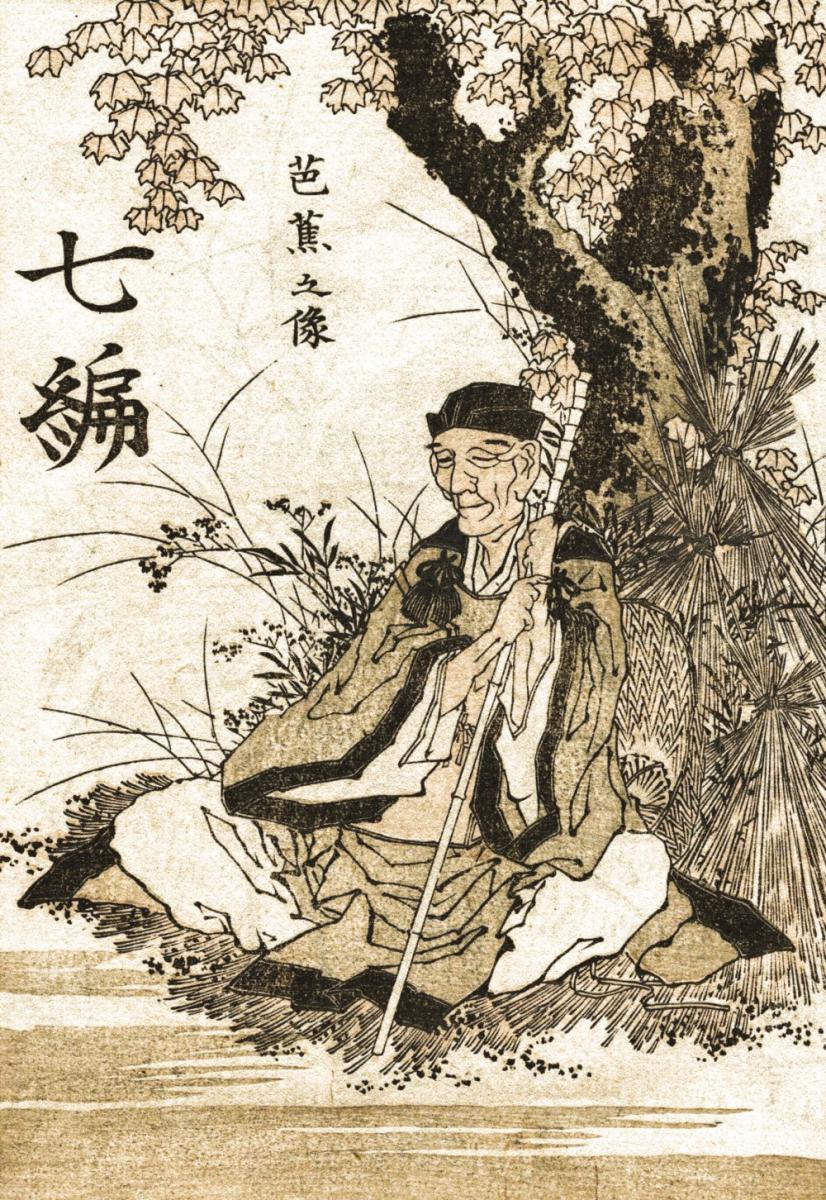Sequence of Activities:
Welcome and Class Introduction (5-10 minutes)
 If this is your first session with students, consider facilitating a name learning activity. For example, have students sit in a circle and pick an animal that shares the same first letter as their name. They can introduce themselves using this animal and then express an action or sound associated with that animal, which everyone else will then copy (i.e. we all roar like lions, or flap our arms like birds).
If this is your first session with students, consider facilitating a name learning activity. For example, have students sit in a circle and pick an animal that shares the same first letter as their name. They can introduce themselves using this animal and then express an action or sound associated with that animal, which everyone else will then copy (i.e. we all roar like lions, or flap our arms like birds).
You can also use the first session to facilitate the following discussion on poetry: What is poetry? What inspires us to write poetry? Some ideas: Poems can tell a story or express feeling, poems can help us say things that regular speaking or everyday use of words cannot – we might write about experiences and memories, people, nature, wishes and hopes, dreams, fears, and more. Poems can also be like songs. They can repeat words and phrases, or even have a rhythm and rhyme. As the discussion about poetry grows, be sure to emphasize a sense of vastness. Poetry encompasses many forms, styles, and modes of expression. There is no right or wrong, good or bad, as we go about our writing. There is only a sense of exploration.
To engage students more in the above discussion, consider asking them a simple question: What sort of things would you be excited to write about?
Let’s go to Japan! (5-10 minutes)
Bring a globe or map to show students the location of Japan. Show students pictures of things in Japan (i.e. Mount Fuji, Tokyo, sushi, Akita Inu dog breed, and a bamboo forest). Read them the following haikus by Bashō and explain that haikus are very short poems, often inspired by nature, and meant to be read in just one breath. For older students, you might add some of the more logistical aspects of the poem: it has three lines, and each line has a certain amount of syllables. The first line has five syllables, the second line has seven, and the third line has five again. For younger students, don’t focus on the syllable count, but rather emphasize that it is three lines and short.
Two haikus by Bashō:
An old pond!
A frog jumps in—
the sound of water.
First winter rain-
even the monkey
seems to want a raincoat.
You can find old ink brush illustrations of Bashō the poet and share these, explaining that he traveled around Japan in the 1600s and wrote many haiku poems.
Write a Collaborative Haiku (15 minutes)
Pick a topic from one of the pictures you printed or put in a slideshow, for example the bamboo forest. Guide students through a collaborative haiku. Adjust the form to fit the needs of the class. For example, instead of syllables, you could count words. You could also forget the 5/7/5 form entirely and just write a short three-line poem. Whatever you decide, let it be accessible to the class.
Use questions to spark their ideas and imagination. Focus on the five senses as well as storytelling details where appropriate. Here are sample questions that could be used for a poem about a bamboo grove:
What do you see in the bamboo grove?
What do you hear?
Who are you with?
What is hidden in the bamboo grove?
The facilitator will act as scribe, synthesizing, arranging, and recording the ideas into the poem.
Partner Haikus (optional, 15-20 minutes)
In partners, ask students to pick another subject from the collection of images. Together they can write their own haiku. Again, guide them by age group. Younger students can write a short 3-line poem. Older students can count words or syllables using the 5/7/5 format.
Illustrations (Optional, 15-20 minutes)
Show students images of Japanese ink brush art (Sumi-e painting). Ask them to look closely and notice how each picture is made with only a few lines. Using a thick black sharpie, marker, or black tempera paint and a brush, students can make their own simple art. If the collaborative haiku was about the bamboo groove, they could illustrate the bamboo groove using only 5 lines. Likewise, they could illustrate the Akita Inu dog, a plate of sushi, Tokyo, etc. Increase the challenge by asking them to use only 4 lines for an illustration, then 3 for another.
You might also like to show students this fun short video of a Simu-e painting in progress. They could copy or branch out with their own idea: https://www.youtube.com/watch?v=apZMjeqlhI8
